Home>Articles>Expert Tips For Roofing Over Existing Shingles
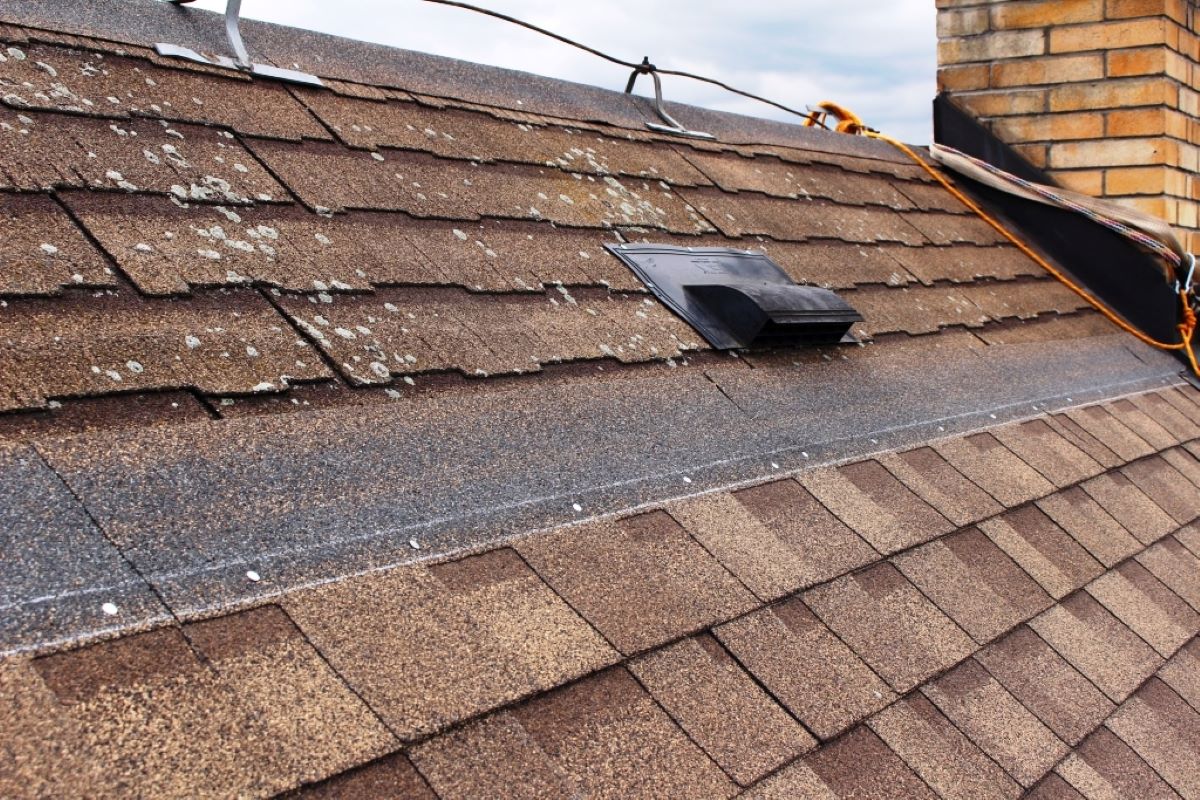

Articles
Expert Tips For Roofing Over Existing Shingles
Modified: January 8, 2024
Read expert articles with tips on how to properly roof over existing shingles. Improve your roofing skills and ensure a successful project.
(Many of the links in this article redirect to a specific reviewed product. Your purchase of these products through affiliate links helps to generate commission for Storables.com, at no extra cost. Learn more)
Introduction
Welcome to our expert guide on roofing over existing shingles. If you are considering replacing your roof, you may be wondering whether it’s possible to save time and money by installing new shingles directly over your existing ones. In this article, we will explore the reasons for and against roofing over existing shingles, as well as provide you with expert tips to ensure a successful project.
Roofing over existing shingles, also known as overlaying or re-roofing, is a common practice that can offer several advantages. It can save you the cost and hassle of tearing off the old shingles, disposing of them, and then installing new ones from scratch. Additionally, it can reduce the time and labor involved in the roofing process, making it a convenient option for homeowners.
However, before deciding to roof over existing shingles, it’s important to consider a few key factors. One of the primary considerations is the condition of your current roof. If the underlying structure is compromised or there are issues such as rot, mold, or water damage, simply adding a new layer of shingles may not provide a long-term solution. It’s crucial to thoroughly inspect your existing roof and address any underlying problems before proceeding with the overlay.
Another factor to consider is the local building codes and regulations. Some areas may have specific guidelines or restrictions when it comes to roofing over existing shingles. It’s important to consult with local authorities or a professional roofing contractor to ensure you are following the correct procedures and meeting all the necessary requirements.
Proper preparation is essential for a successful roofing overlay. This includes cleaning the existing shingles to remove any debris, loose granules, or moss. It’s also important to ensure that the roof is structurally sound and any necessary repairs are made before installing the new layer.
By following our step-by-step guide and considering the factors mentioned above, you can proceed with confidence when roofing over existing shingles. Whether you choose to hire a professional or tackle the project yourself, this guide will provide you with expert tips to ensure a successful outcome.
Now that we have covered the introduction, let’s delve into the reasons for roofing over existing shingles and explore the considerations you need to keep in mind before starting the project.
Key Takeaways:
- Roofing over existing shingles can save time and money, but it’s crucial to assess the current roof condition, weight limitations, and warranty implications before proceeding with the overlay.
- Proper preparation, including cleaning the roof, installing new drip edge and underlayment, and using quality materials, is essential for a successful roofing overlay. Consulting with a professional is recommended for personalized guidance.
Read more: How To Install A Metal Roof Over Shingles
Reasons for Roofing Over Existing Shingles
Roofing over existing shingles can offer several benefits that make it an attractive option for homeowners. Here are some of the main reasons why people choose to overlay their roofs:
- Cost Savings: One of the primary reasons for roofing over existing shingles is the potential cost savings. Tear-off and disposal of old shingles can be a labor-intensive and expensive process. By skipping this step and installing new shingles directly over the old ones, you can save on both material and labor costs.
- Time Efficiency: Roof replacement can be a time-consuming project, especially if you have a large or complex roof structure. By opting for a roofing overlay, you can significantly reduce the time needed for the installation process. This is particularly beneficial if you are working on a tight schedule or have time constraints.
- Added Insulation: Roofing over existing shingles can provide an additional layer of insulation. The extra layer helps to improve the energy efficiency of your home by reducing heat transfer and improving the overall insulation value of your roof. This can lead to cost savings on heating and cooling bills.
- Minimal Disruption: Overlaying your shingles can minimize disruption to your daily life compared to a full roof replacement. Tear-off projects can create a significant amount of noise, dust, and debris, which can be disruptive to you and your neighbors. Roofing over existing shingles eliminates the need for these disruptive activities.
- Preserving the Roof Structure: In some cases, the underlying roof structure may be in good condition and only the shingles need to be replaced. By overlaying, you can preserve the existing roof structure and avoid potential damage or costly repairs that might arise from a full tear-off.
While these reasons make roofing over existing shingles an attractive choice for many homeowners, it’s important to consider the drawbacks and potential risks involved. In the next section, we will discuss the essential considerations you need to keep in mind before deciding to roof over existing shingles.
Considerations Before Roofing Over Existing Shingles
While overlaying your roof can be a viable option for many homeowners, there are some important considerations to take into account before proceeding. These factors will help ensure that your roofing project is successful and provides long-lasting results. Here are the key considerations before roofing over existing shingles:
- Current Roof Condition: Before deciding to overlay your shingles, it’s essential to assess the condition of your current roof. If there are signs of significant damage, such as rot, sagging, or widespread water leaks, overlaying may not be a suitable solution. These underlying issues should be addressed before installing new shingles to avoid compromising the structural integrity of your roof.
- Weight Limitations: Adding a second layer of shingles on top of the existing ones will increase the weight on your roof. It’s crucial to check the weight limitations set by local building codes and regulations. Exceeding these limits can put excessive stress on your roof structure and potentially lead to structural damage over time.
- Voiding Warranty: If your current shingles are still covered under warranty, roofing over them may void that warranty. Manufacturers often require that the old shingles be completely removed before a new roof is installed. It’s important to review the warranty specifications to ensure you comply with the manufacturer’s requirements.
- Proper Ventilation: Adequate roof ventilation is essential for maintaining the longevity of your roof and preventing moisture buildup. Before overlaying, it’s crucial to assess the existing ventilation system and ensure it is in good working condition. If necessary, modifications or upgrades should be made to ensure proper airflow and ventilation.
- Visual Appearance: Installing a new layer of shingles on top of the existing ones will result in a thicker roof profile. This can potentially impact the visual appearance of your home. Consider how the added thickness will affect the aesthetics of your property and whether it aligns with your desired outcome.
Taking these considerations into account will help you make an informed decision about whether to proceed with overlaying your existing shingles. It is crucial to consult with a qualified roofing professional to assess your specific situation and provide expert guidance on the best course of action.
Now that we have explored the important considerations, let’s move on to the materials you will need for successfully roofing over existing shingles.
Materials Needed for Roofing Over Existing Shingles
When it comes to roofing over existing shingles, you will need a specific set of materials to ensure a successful installation. These materials are essential for creating a durable and long-lasting roof. Here are the key materials you will need:
- New Shingles: Choose high-quality roofing shingles that are suitable for overlaying. It’s important to match the type, style, and color of the shingles with your existing ones to create a cohesive and visually appealing roof.
- Roofing Underlayment: Use a synthetic or felt underlayment to provide an additional layer of protection against moisture and improve the overall weather resistance of your roof. The underlayment should be installed directly over the old shingles before laying the new shingles.
- Drip Edge: Install a new drip edge along the eaves and rakes of your roof. This metal flashing helps to channel water away from the fascia, preventing water damage and maintaining the integrity of your roof.
- Fasteners: Choose the appropriate fasteners, such as roofing nails or screws, to secure the new layer of shingles. Make sure the fasteners are compatible with your roofing material and are designed to provide a secure and long-lasting attachment.
- Roofing Sealant: Use a quality roofing sealant to seal any gaps, seams, or edges between the new and existing shingles. This helps to prevent water penetration and ensures a watertight roof.
- Roofing Tools: You will need a range of roofing tools, including a roofing hammer or nail gun, a utility knife, a chalk line, a ladder or scaffolding, and safety equipment such as gloves and goggles. These tools will facilitate the installation process and ensure precision and safety.
It’s important to note that the specific materials needed may vary depending on the type of roof, local building codes, and individual project requirements. It’s advisable to consult with a roofing professional or refer to manufacturer guidelines to ensure you have the necessary materials for your specific roofing project.
Now that you have an understanding of the materials required, let’s move on to the step-by-step guide for roofing over existing shingles.
When roofing over existing shingles, make sure to inspect the condition of the old shingles and address any issues before installing the new roof. This will help ensure a more durable and long-lasting roofing system.
Step-by-Step Guide to Roofing Over Existing Shingles
Roofing over existing shingles can be a manageable project if you follow the proper steps and have the necessary tools and materials. Here is a step-by-step guide to help you navigate the process successfully:
- Inspect the Existing Roof: Thoroughly inspect the condition of your existing roof. Look for any signs of damage, such as rot, leaks, or sagging. Address any necessary repairs before proceeding with the overlay.
- Clean the Roof: Remove any debris, loose granules, or moss from the existing shingles. This can be done using a broom or a pressure washer, but exercise caution to avoid damaging the roof surface.
- Install Drip Edge: Start by installing new drip edge along the eaves and rakes of your roof. Secure it in place using appropriate fasteners and ensure it extends over the existing shingles to channel water away from the roof’s edges.
- Apply Roofing Underlayment: Install a synthetic or felt underlayment over the existing shingles. Start at the bottom edge of the roof and work your way up, overlapping the underlayment rows by a few inches. Secure it in place using staples or nails.
- Install New Shingles: Begin laying new shingles from the bottom edge of the roof, working your way up in horizontal rows. Secure each shingle using the recommended fasteners, ensuring they are properly aligned and overlapping according to the manufacturer’s instructions.
- Trim Shingles: Trim the last row of shingles to fit along the ridge or hip of the roof. Use a utility knife to carefully cut the shingles to the desired size and shape.
- Seal the Edges: Apply roofing sealant along the edges, gaps, and seams between the new and existing shingles. This will provide additional water protection and help create a watertight seal.
- Inspect and Clean Up: Once the installation is complete, thoroughly inspect the roof to ensure all shingles are securely fastened and there are no visible defects or areas of concern. Clean up any debris or waste materials from the installation process.
It’s important to note that this guide provides a general overview of the roofing overlay process. The specific steps and techniques may vary depending on factors such as the type of shingles, roof design, local building codes, and individual project requirements. It’s always recommended to consult with a qualified roofing professional or refer to manufacturer guidelines for precise instructions tailored to your specific situation.
Now that you have a step-by-step guide to follow, let’s explore the benefits and drawbacks of roofing over existing shingles.
Read more: How Long Shingle Roof Last
Benefits and Drawbacks of Roofing Over Existing Shingles
Roofing over existing shingles can offer several benefits, but it also comes with certain drawbacks that you should consider before making a decision. Understanding the pros and cons will help you make an informed choice about whether to proceed with overlaying your roof. Here are the main benefits and drawbacks:
Benefits:
- Cost Savings: Roofing over existing shingles can save you the cost of tearing off and disposing of the old shingles, resulting in potential cost savings on material and labor.
- Time Efficiency: Overlaying can significantly reduce the time required for the roofing project compared to a full tear-off and replacement.
- Environmental Considerations: By avoiding the tear-off process, you can reduce the amount of waste sent to landfills, making overlaying a more environmentally friendly option.
- Preserving the Roof Structure: If your existing roof structure is in good condition, overlaying can help protect it and extend its lifespan without the need for extensive repairs or reconstruction.
- Added Insulation: Roofing over existing shingles can provide an extra layer of insulation, improving energy efficiency and potentially reducing heating and cooling costs.
Drawbacks:
- Weight Limitations: Adding a second layer of shingles increases the weight on your roof, potentially exceeding weight limitations set by building codes and putting stress on the structure.
- Risk of Hidden Damage: Overlaying may hide underlying issues, such as rot or water damage, which can compromise the structural integrity of your roof. It’s important to properly assess the condition of the existing roof before proceeding.
- Visual Appearance: Roofing over existing shingles can create a thicker roof profile, which may affect the overall aesthetics of your home. Consider how the added thickness will affect the look of your property.
- Voiding Warranty: Overlaying may void warranties on the existing shingles, as manufacturers often require full tear-off for warranty coverage.
- Incompatibility: Not all types and styles of shingles are suitable for overlaying. It’s essential to choose compatible shingles and ensure proper compatibility with the existing roof.
Considering these benefits and drawbacks will help you weigh the pros and cons of roofing over existing shingles. It’s important to consult with a qualified roofing professional to assess your specific situation and receive expert guidance based on your unique circumstances.
Now that we have discussed the benefits and drawbacks, let’s address some frequently asked questions about roofing over existing shingles.
Frequently Asked Questions about Roofing Over Existing Shingles
Roofing over existing shingles can be a complex topic, and many homeowners have questions about the process. Here are some commonly asked questions and their answers to provide you with further clarity:
1. Can I roof over existing shingles myself, or should I hire a professional?
While it is possible to roof over existing shingles yourself, it is recommended to hire a professional roofing contractor. They have the knowledge, experience, and expertise to ensure that the job is done correctly and according to local building codes. Additionally, professionals have the necessary tools and equipment to complete the project safely and efficiently.
2. How many layers of shingles can be roofed over?
The number of layers of shingles that can be roofed over can vary depending on local building codes and regulations. In some areas, you may be limited to one or two layers, while in others, it may be permissible to overlay more layers. It’s crucial to consult with local authorities or a roofing professional to determine the specific regulations in your area.
3. Do I need to make any repairs before roofing over existing shingles?
Yes, it is important to address any necessary repairs before roofing over existing shingles. This ensures that the underlying roof structure is in good condition and provides a solid foundation for the new layer of shingles. It is recommended to thoroughly inspect your roof for signs of damage, rot, or water leaks and make the necessary repairs before proceeding with the overlay.
4. Will roofing over existing shingles affect the warranty on the new shingles?
Overlaying existing shingles may void the warranty on the new shingles. Many shingle manufacturers require a full tear-off of the old shingles for warranty coverage. It’s crucial to review the warranty specifications and consult with the manufacturer or a roofing professional to ensure you comply with their requirements to maintain the warranty.
5. Can I install a different type of shingle over the existing ones?
In most cases, it is recommended to use the same type and style of shingle for overlaying. Different types of shingles may have varying characteristics and may not be compatible when overlaid. However, it is best to consult with a roofing professional or refer to manufacturer guidelines to determine the compatibility of different types of shingles.
6. How long can I expect the roof to last after overlaying?
The longevity of a roof overlay depends on various factors, including the condition of the existing roof, proper installation techniques, and ongoing maintenance. While overlaying can provide additional protection, it does not extend the overall lifespan of the roof significantly. In general, you can expect the overlay to last as long as the original shingles, so it’s important to properly maintain and inspect your roof regularly.
These are just a few of the frequently asked questions about roofing over existing shingles. It’s important to consult with a roofing professional to get personalized advice based on your specific situation and ensure that your project is successful.
Now that we have addressed some common questions, let’s conclude our guide on roofing over existing shingles.
Conclusion
Roofing over existing shingles can be a viable option for homeowners looking to save time and money on a roof replacement project. It offers several benefits, including cost savings, time efficiency, and the preservation of the existing roof structure. However, it’s important to carefully consider the condition of your current roof, weight limitations, warranty implications, and visual appearance before deciding to overlay.
By following the proper steps outlined in this guide and using the necessary materials, you can successfully roof over existing shingles. Thoroughly inspecting your roof, cleaning it, installing new drip edge and underlayment, and securing the new shingles are crucial parts of the process. Additionally, sealing the edges and performing a final inspection will help ensure a watertight and visually appealing result.
While overlaying can offer many advantages, it’s essential to be aware of the potential drawbacks. Weight limitations, the risk of hidden damage, and warranty implications are factors that must be carefully considered. Consulting with a roofing professional can provide you with expert advice tailored to your specific situation.
Ultimately, the decision to roof over existing shingles should be based on a thorough evaluation of your roof’s condition, local regulations, and your aesthetic preferences. By considering all factors and seeking professional guidance when needed, you can make an informed decision that suits your needs.
We hope this expert guide has provided you with valuable information and insights into roofing over existing shingles. Remember to consult with professionals and local authorities, follow the steps carefully, and prioritize the long-term integrity and performance of your roof.
Good luck with your roofing project!
Frequently Asked Questions about Expert Tips For Roofing Over Existing Shingles
Was this page helpful?
At Storables.com, we guarantee accurate and reliable information. Our content, validated by Expert Board Contributors, is crafted following stringent Editorial Policies. We're committed to providing you with well-researched, expert-backed insights for all your informational needs.
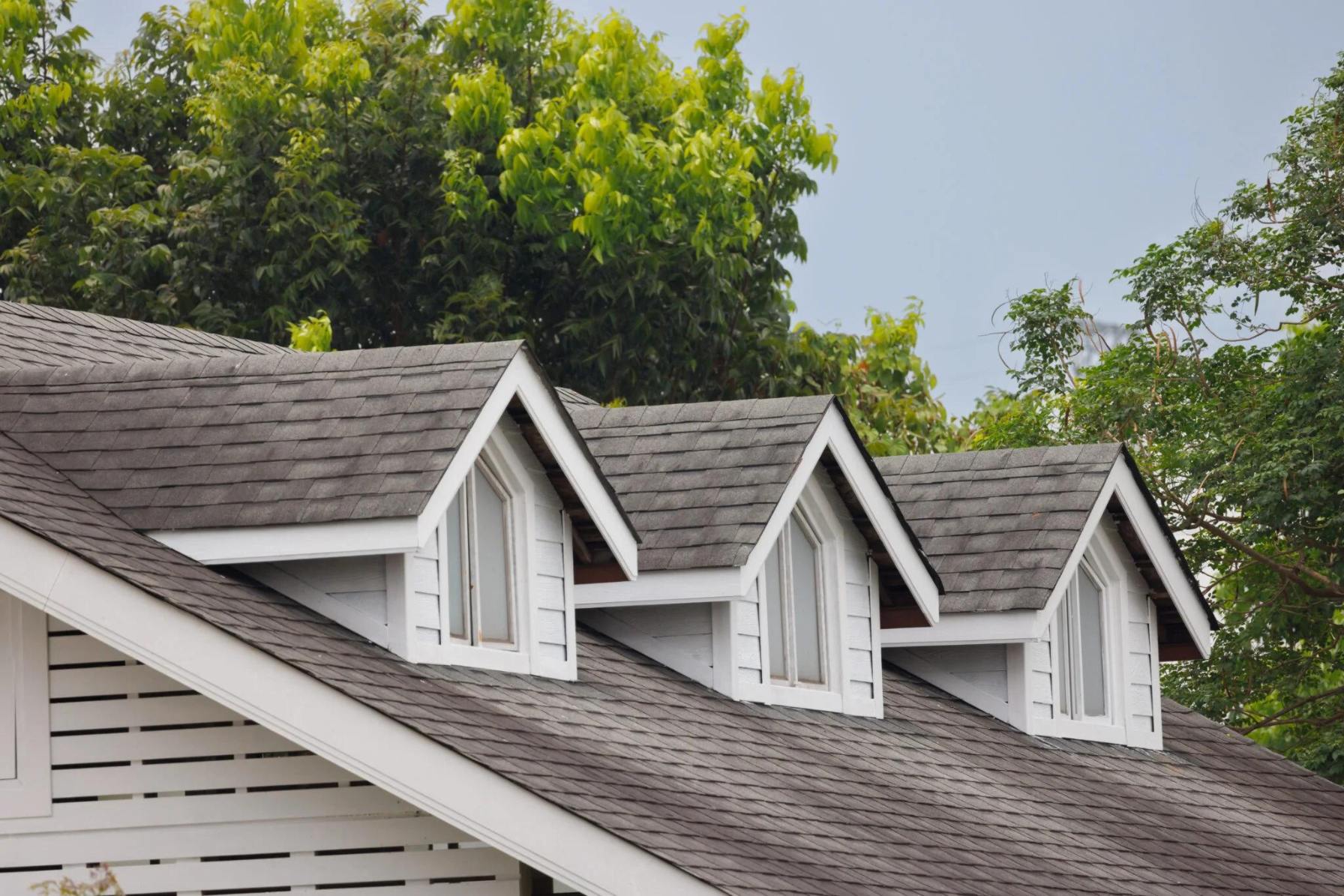
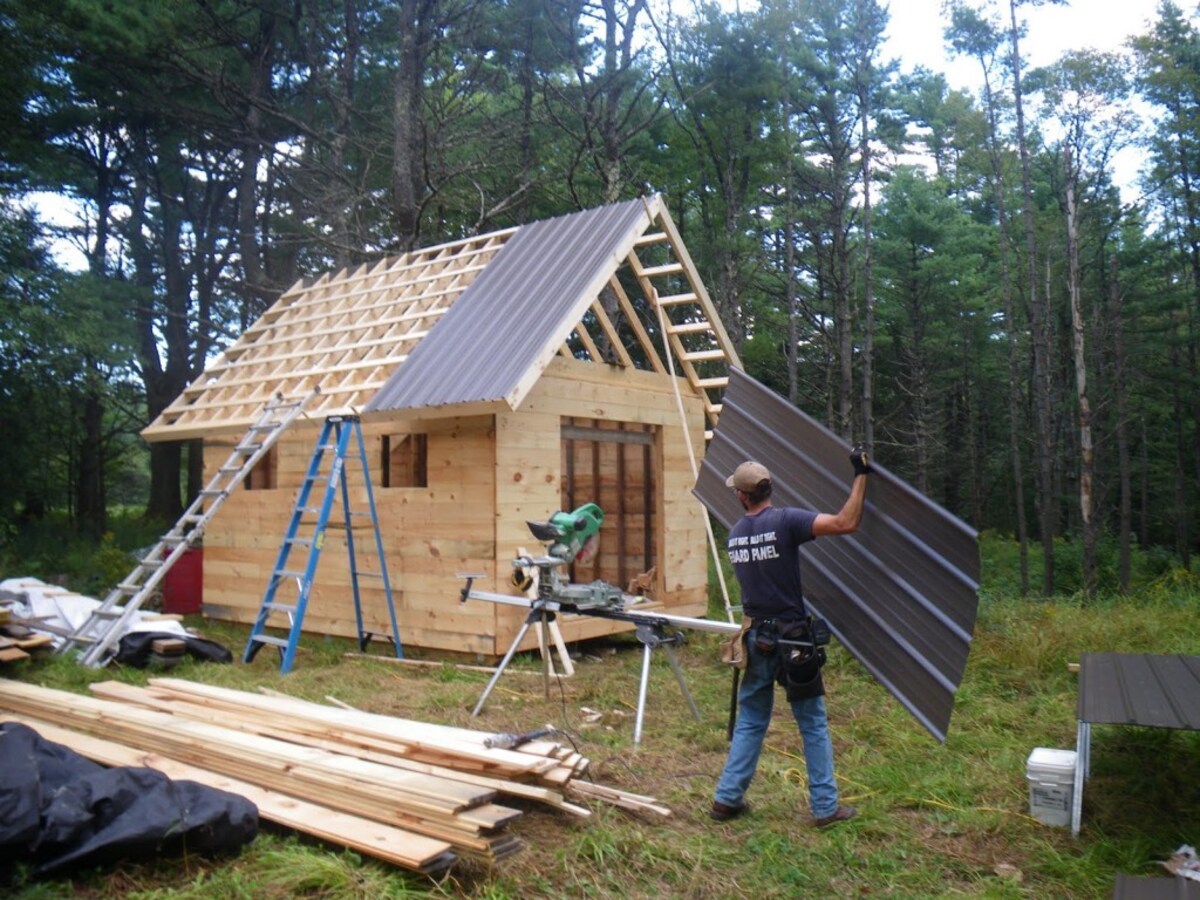
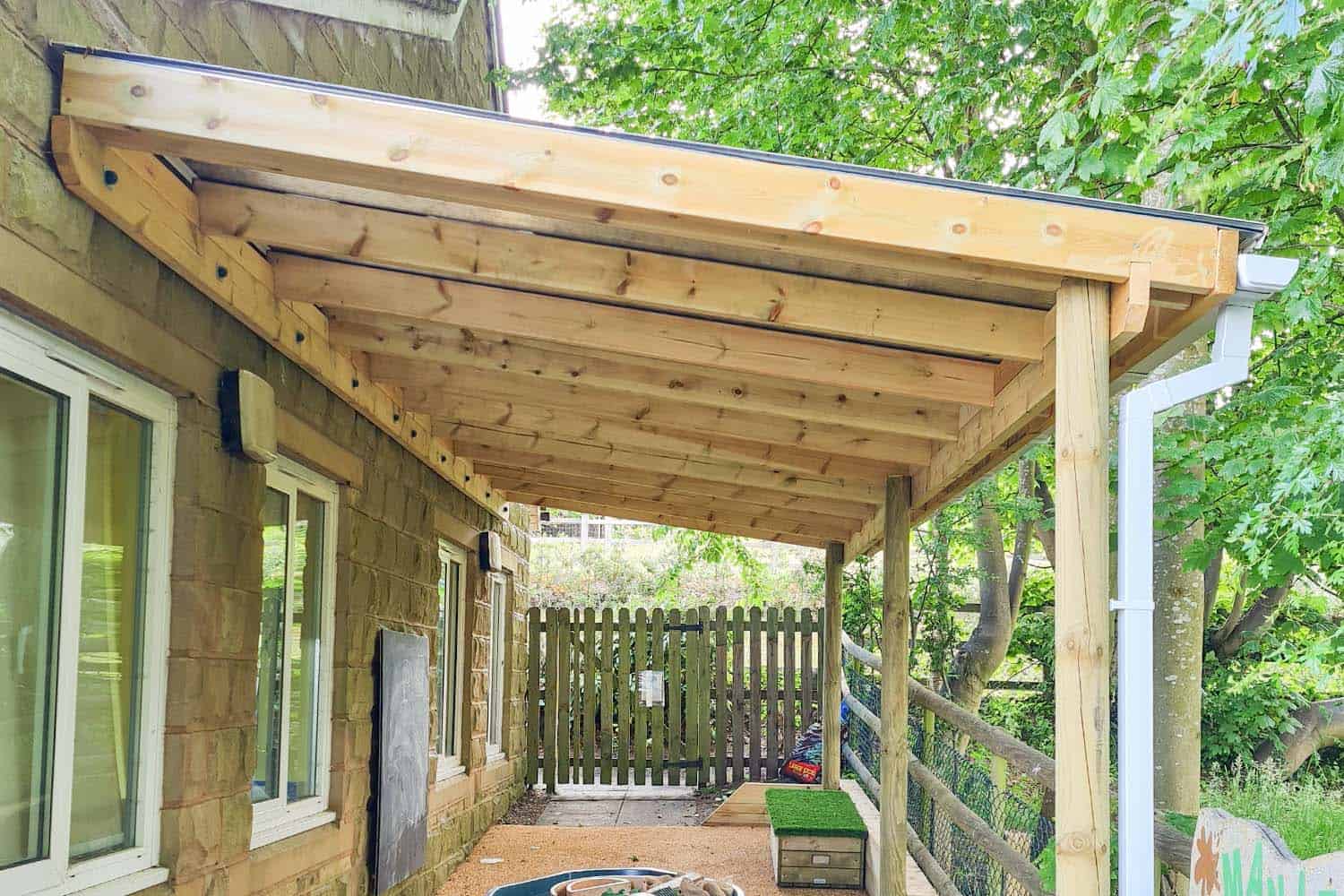
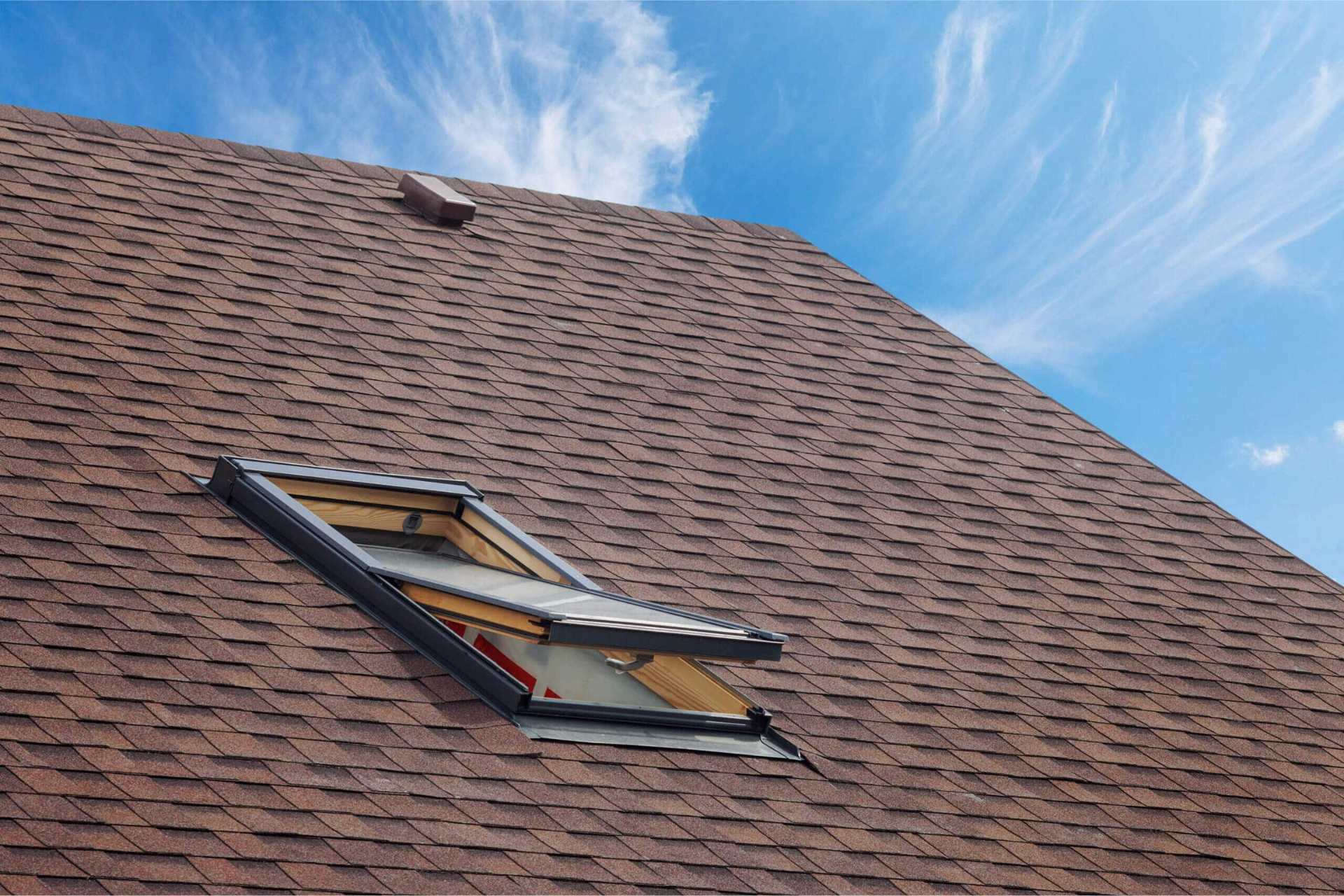
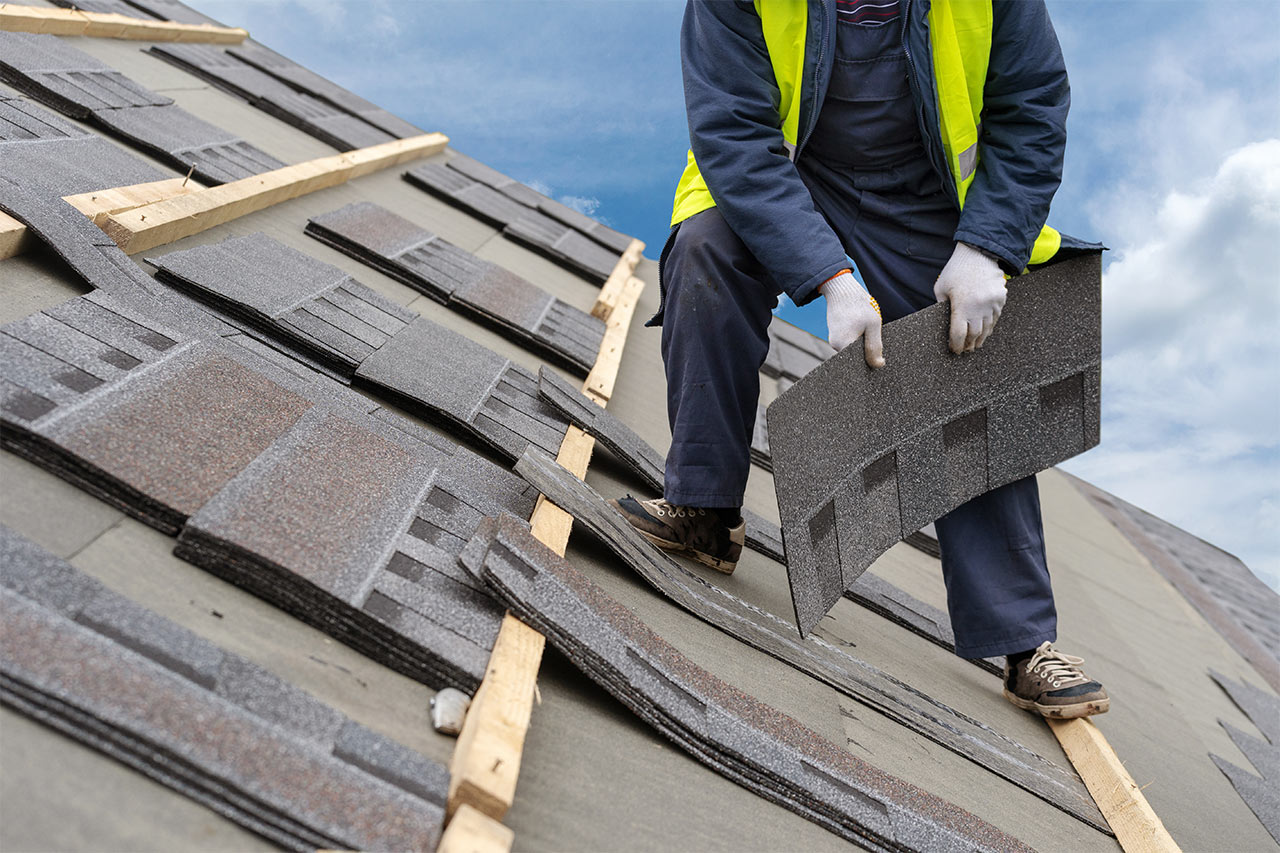
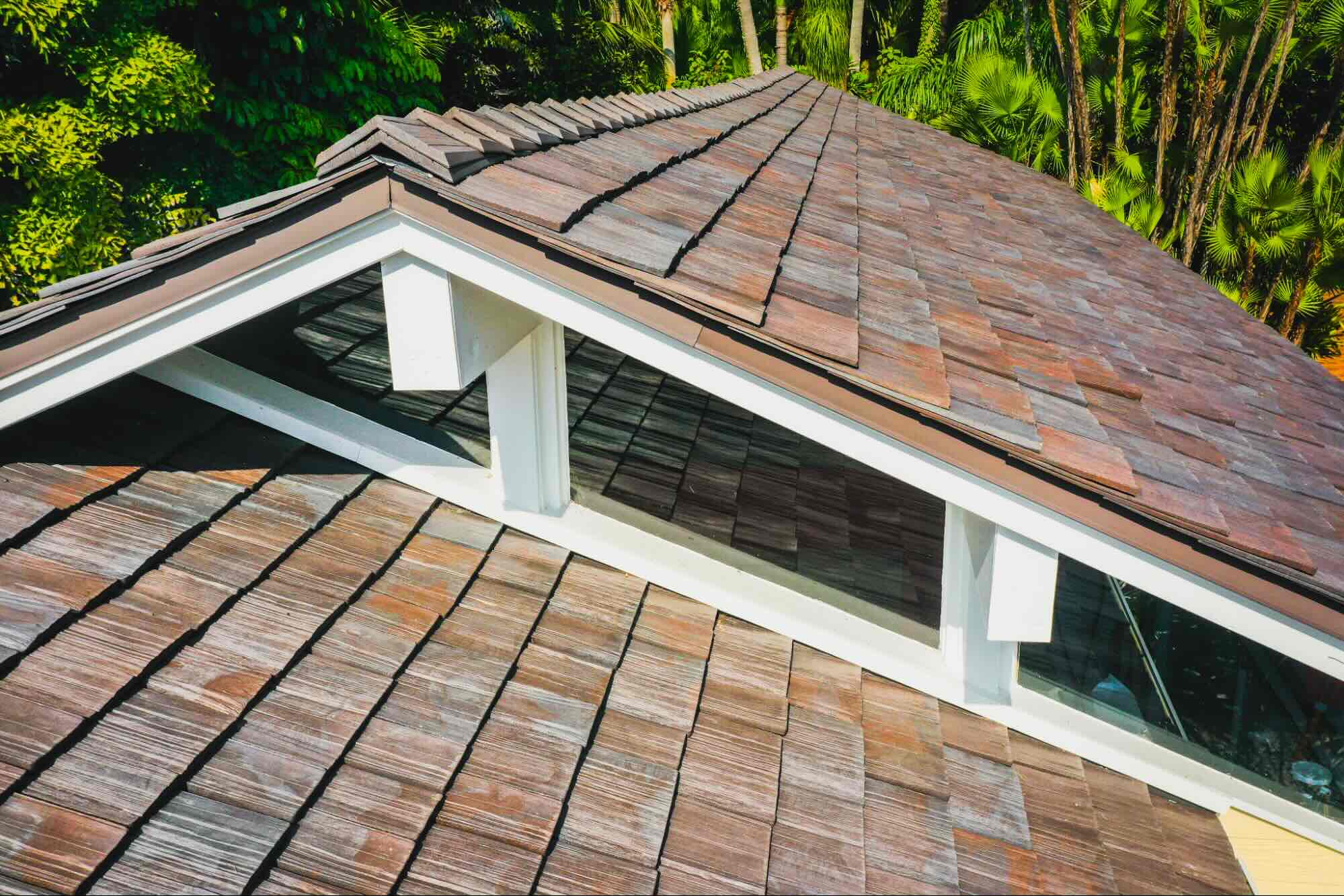
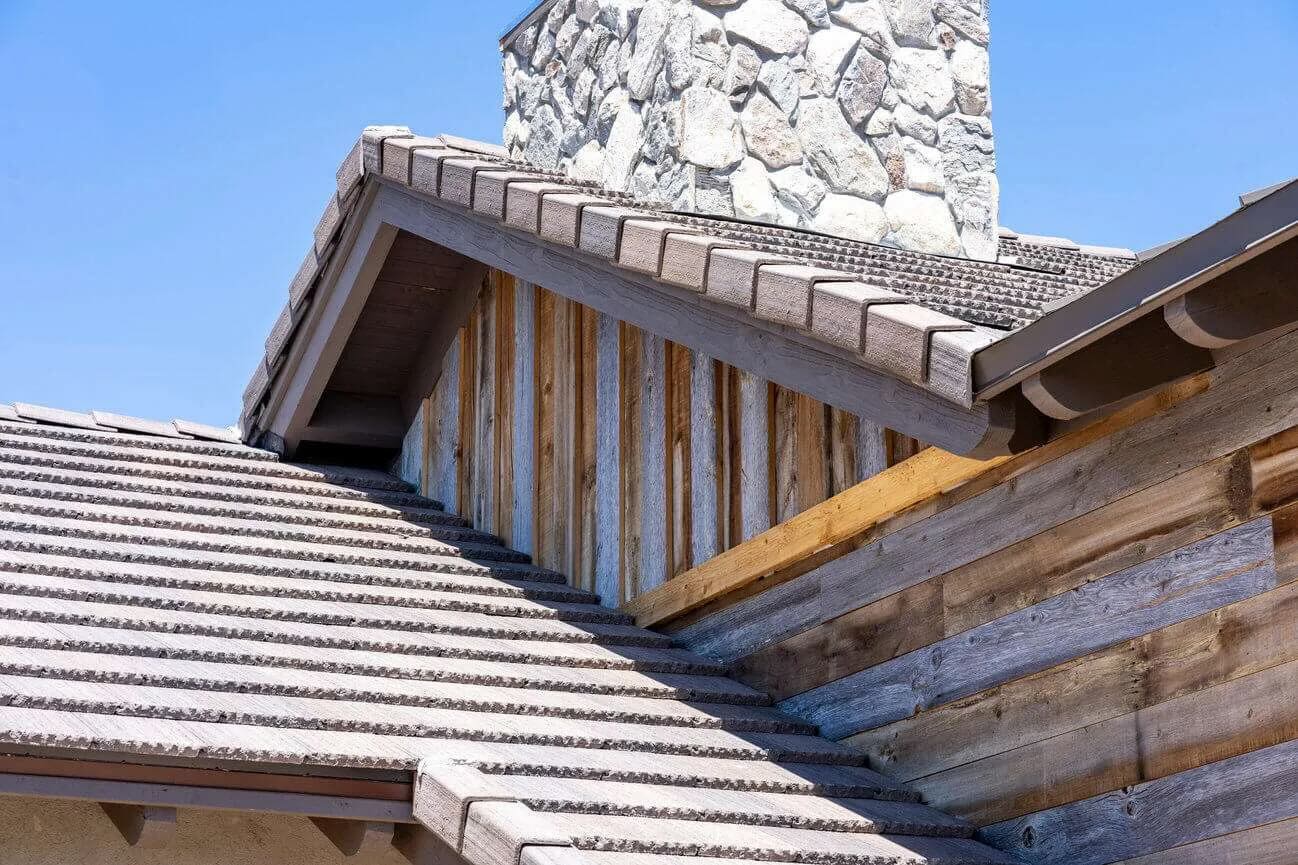
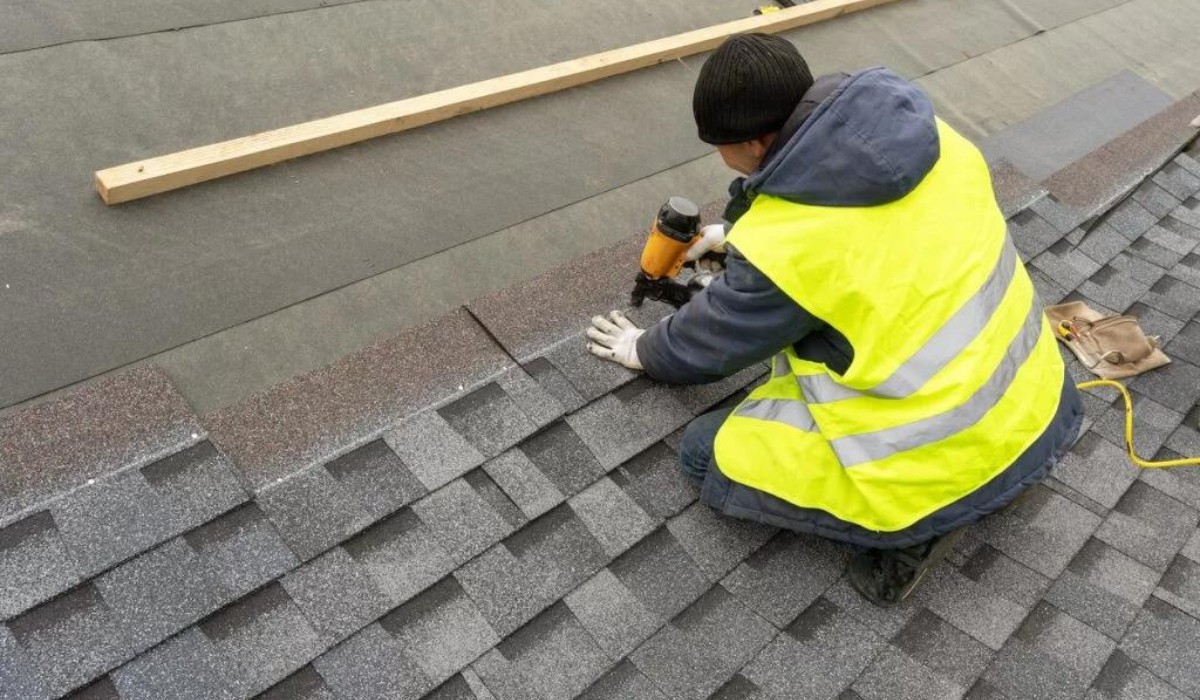
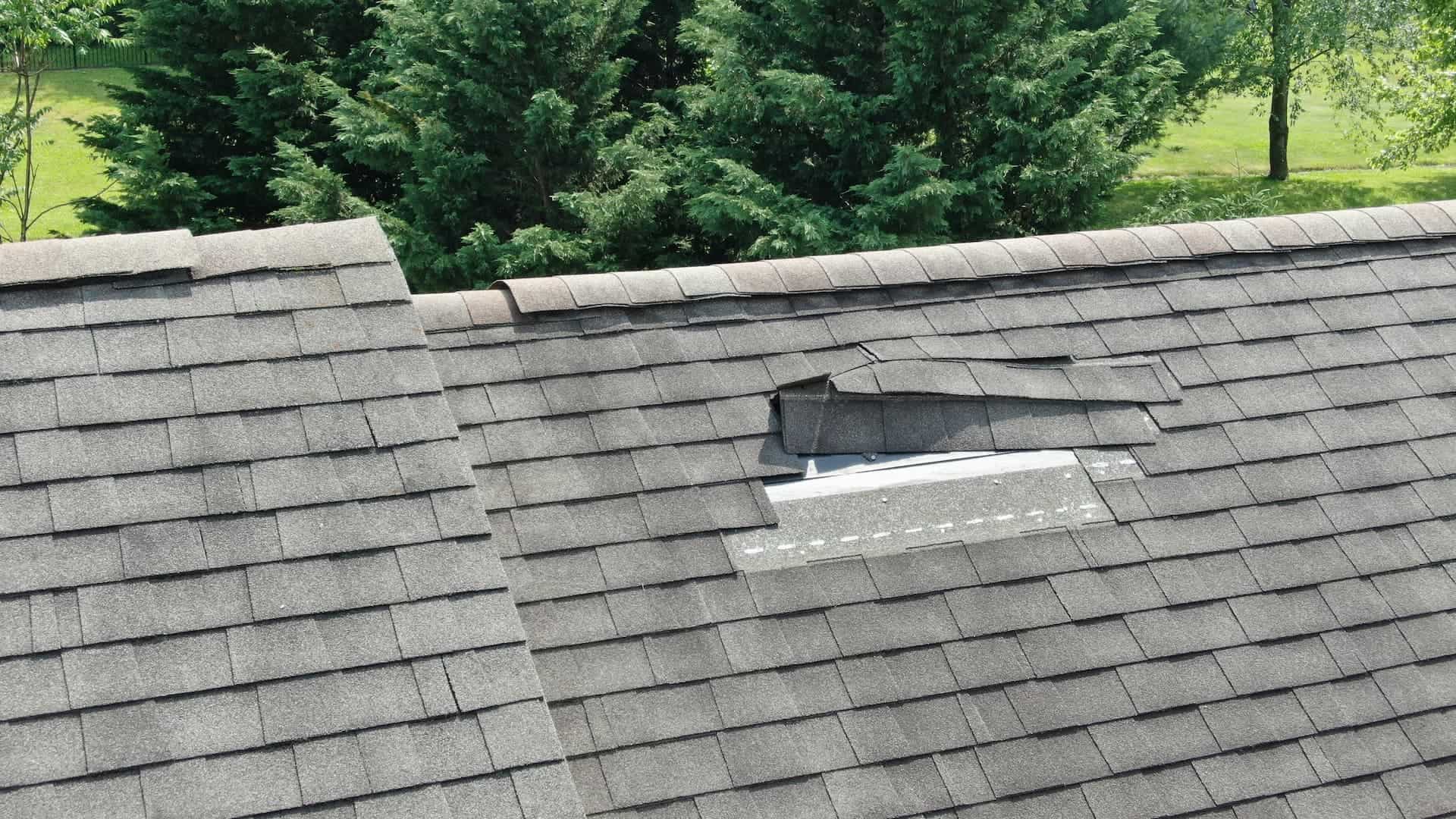
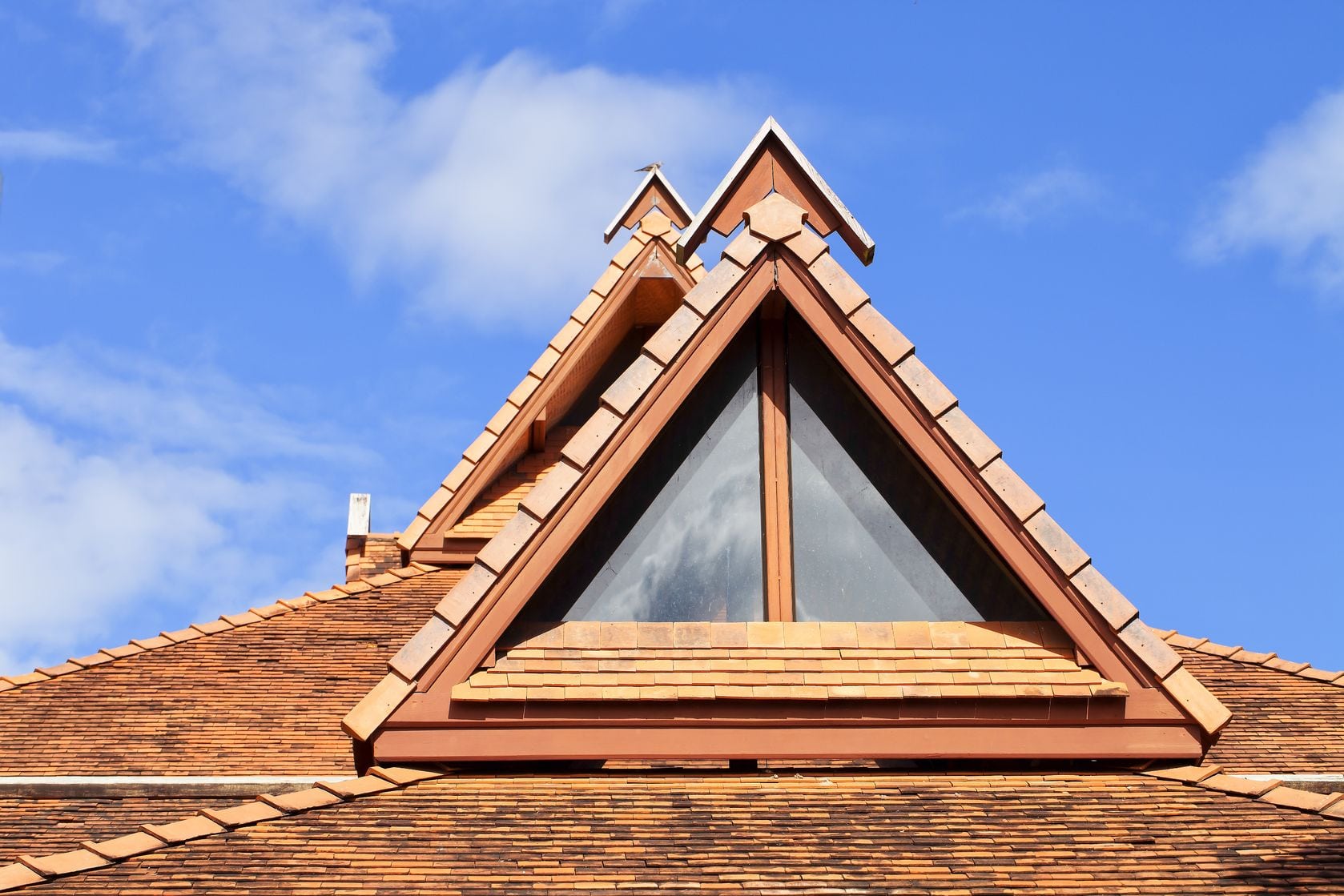
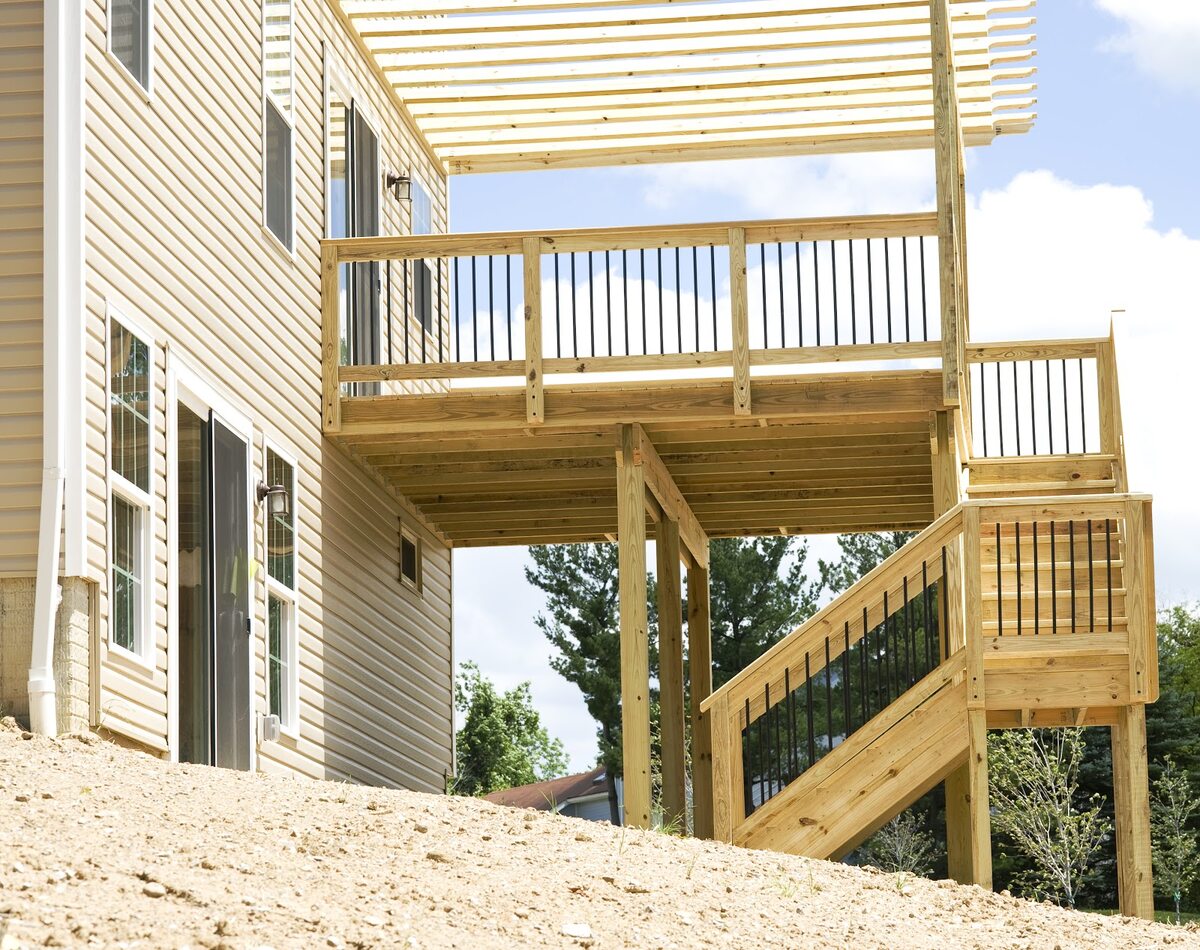
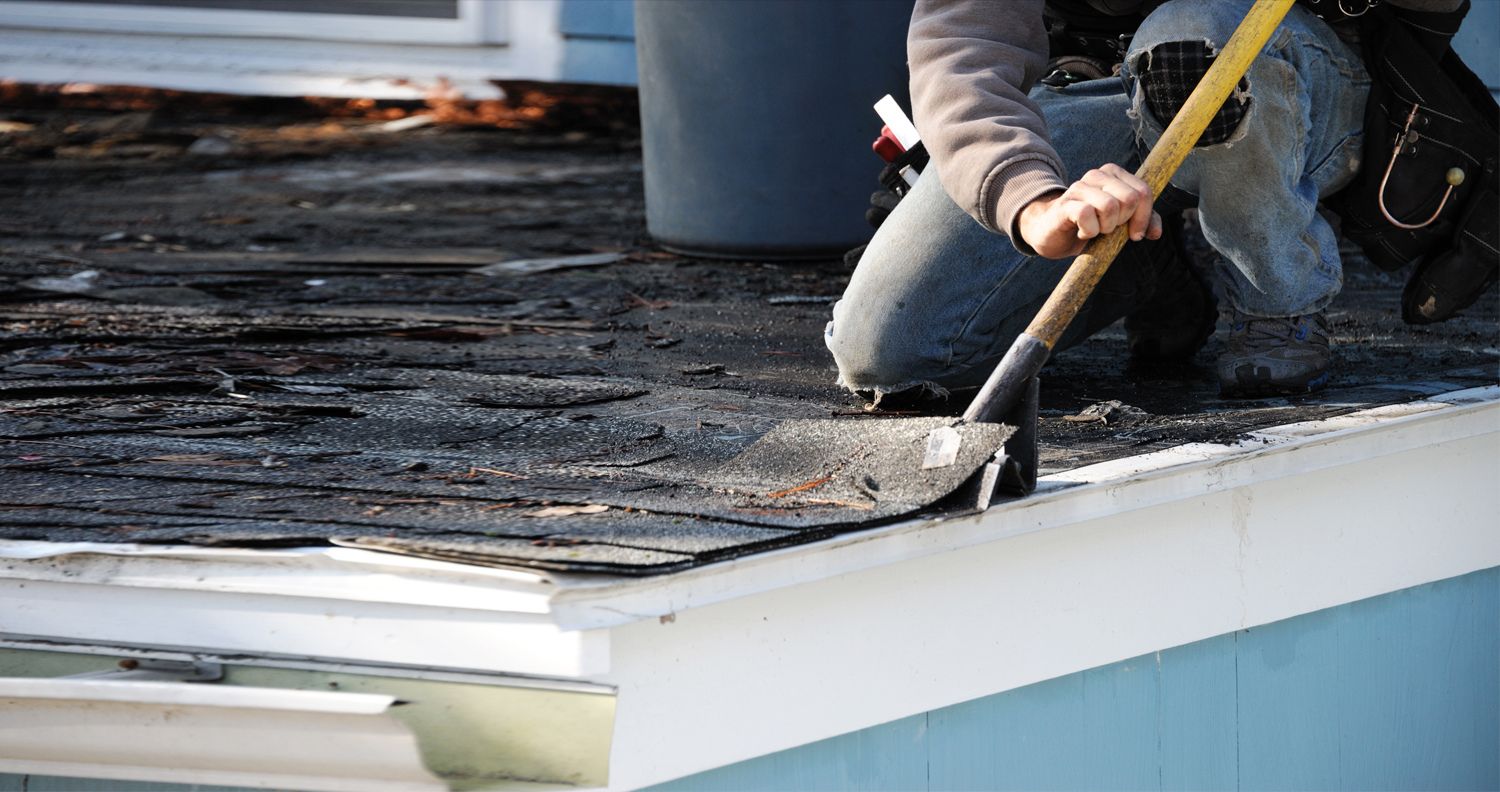
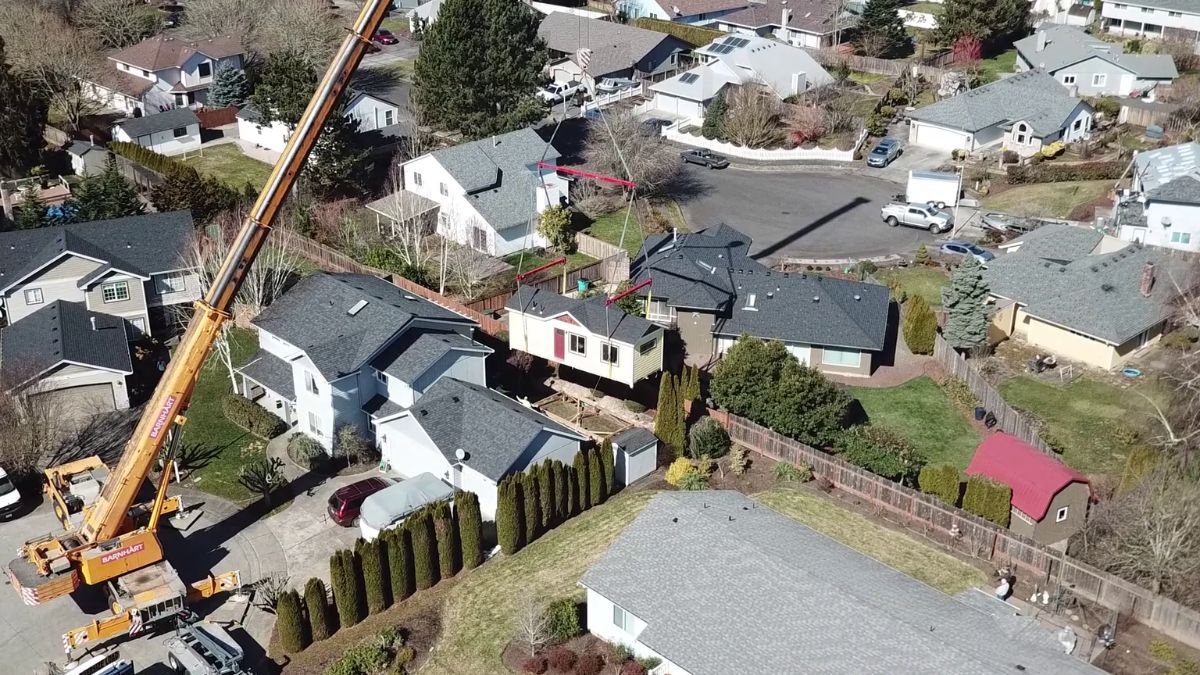
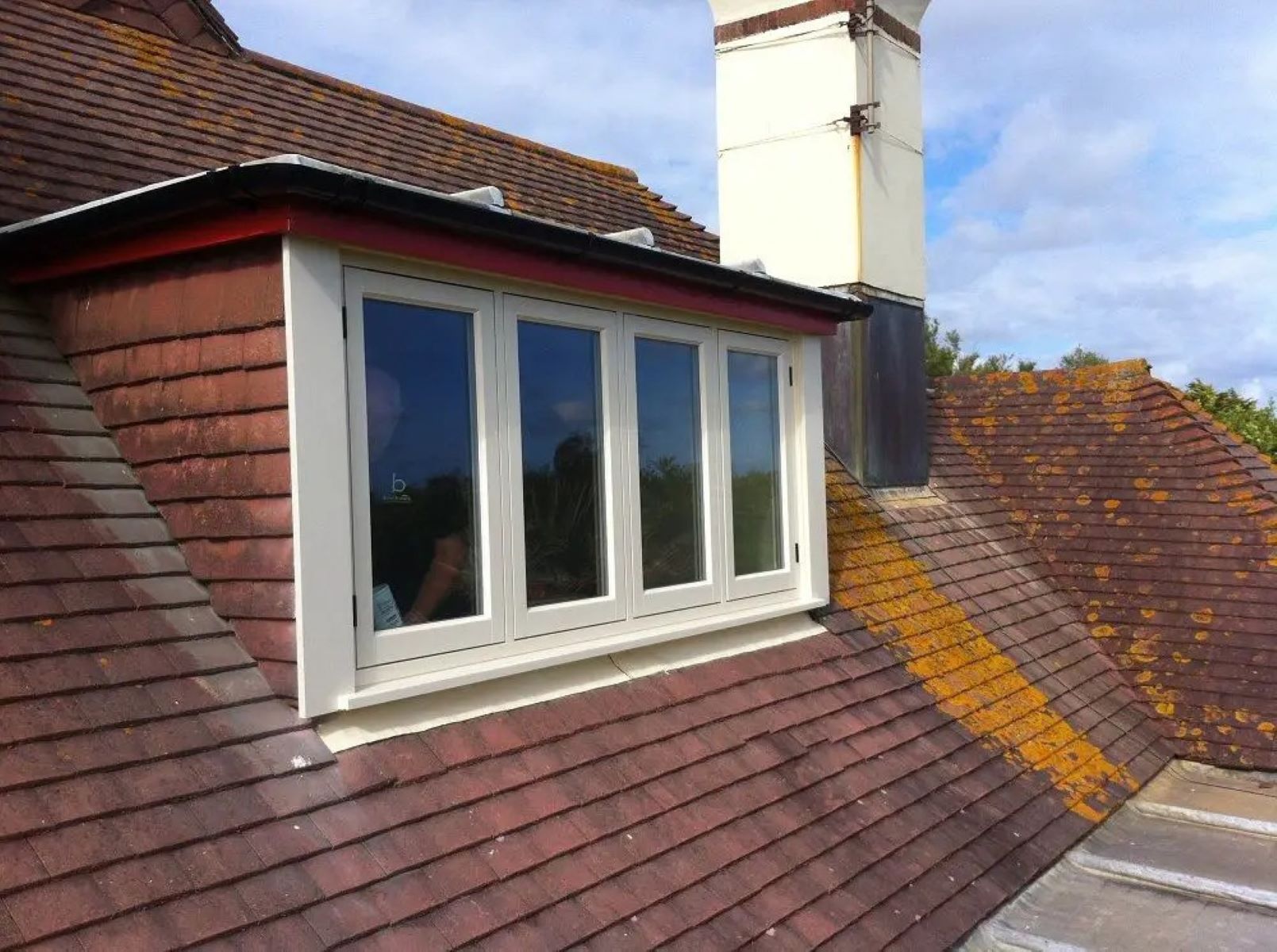

0 thoughts on “Expert Tips For Roofing Over Existing Shingles”